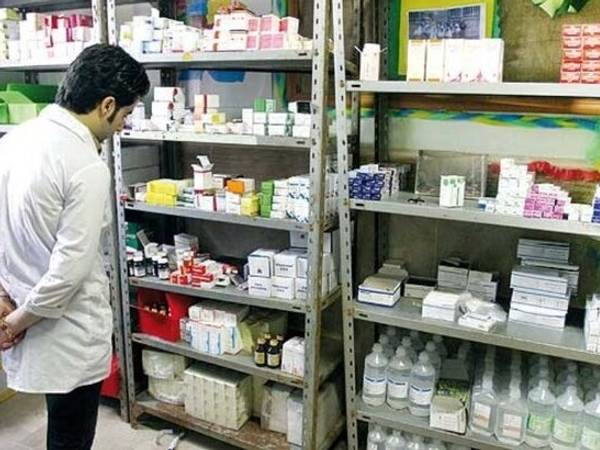Iran’s healthcare system is facing mounting challenges, with medicine shortages and soaring costs reaching alarming levels.
In February, Iran’s Pharmaceutical Association sent a letter to Ali Ahmadian, Secretary of the Supreme National Security Council, highlighting the government’s failure to pay its debts to pharmacies—estimated in the hundreds of millions of dollars, according to media reports.
The financial strain has severely disrupted pharmacies’ cash flow, hindering medicine procurement and availability. The letter warned that the crisis poses a serious threat to public health.
The head of Iran’s Medical Council (IRIMC), the non-governmental body responsible for medical licensing and regulation, also recently wrote to President Masoud Pezeshkian, raising concerns over delayed government payments to pharmacies.
The issue stems from government agencies such as the State Welfare Organization failing to pay their share of the cost of medicines dispensed to patients.
To keep essential medicines affordable, the Iranian government tightly regulates pharmaceutical prices and provides subsidies.
In 2022, President Ebrahim Raisi’s administration increased the official foreign currency exchange rate for medicine and medical equipment imports from 42,000 to 285,000 rials per dollar—nearly a seven-fold rise. Current free market exchange rate is more than 900,000 rials per dollar.
Authorities defended the move as an effort to curb the smuggling of subsidized medicine to neighboring countries. Another price increase of at least 20% is expected in the next Iranian calendar year, starting March 20, when new government exchange rates take effect.
In January, Iran’s Central Bank reported that it had allocated $3.4 billion for medicine, medical equipment, and pharmaceutical ingredients since late March 2024. Of this amount, $2.4 billion was provided to importers at the preferential rate of 285,000 rials per dollar.
Since March, the rial has depreciated sharply, plummeting from approximately 600,000 to over 900,000 per dollar in the open market.
Pharmaceutical companies report that currency shortages and the depreciation of the rial have significantly increased the cost of both imported medicines and domestically produced drugs that rely on imported ingredients.
The shortage of foreign currency allocated for medicine imports has fueled a thriving black market, where vital medications—especially those for cancer and rare diseases—are sold at exorbitant prices.
Despite these rising costs, strict government price controls have rendered the production of certain medicines unprofitable, leading some companies to discontinue manufacturing essential drugs.
Annual inflation has risen by around 40 percent, each year in the past five years, and the rial has lost 95% of its value since 2018 when Donald Trump withdrew from the 2015 nuclear deal and re-imposed draconian sanctions on the country.
The economic strain has taken a heavy toll on Iranian households. The massive depreciation of the rial and high inflation have drastically increased the cost of living, including expenses for food, housing, and healthcare and driven over 30 percent of the population below the poverty line.
According to Iran’s Statistical Center, healthcare accounts for approximately 10% of urban household expenditures.
Health Minister Mohammad-Reza Zafarghandi recently acknowledged that high medical costs are pushing many families into poverty, with lower-income groups often forgoing necessary treatments due to financial constraints.
Further compounding the crisis, Iran’s healthcare system has been hit by a mass exodus of doctors and nurses in recent years. Many medical professionals have emigrated to countries like Oman in search of better wages and improved living conditions, exacerbating the strain on Iran’s healthcare sector.
